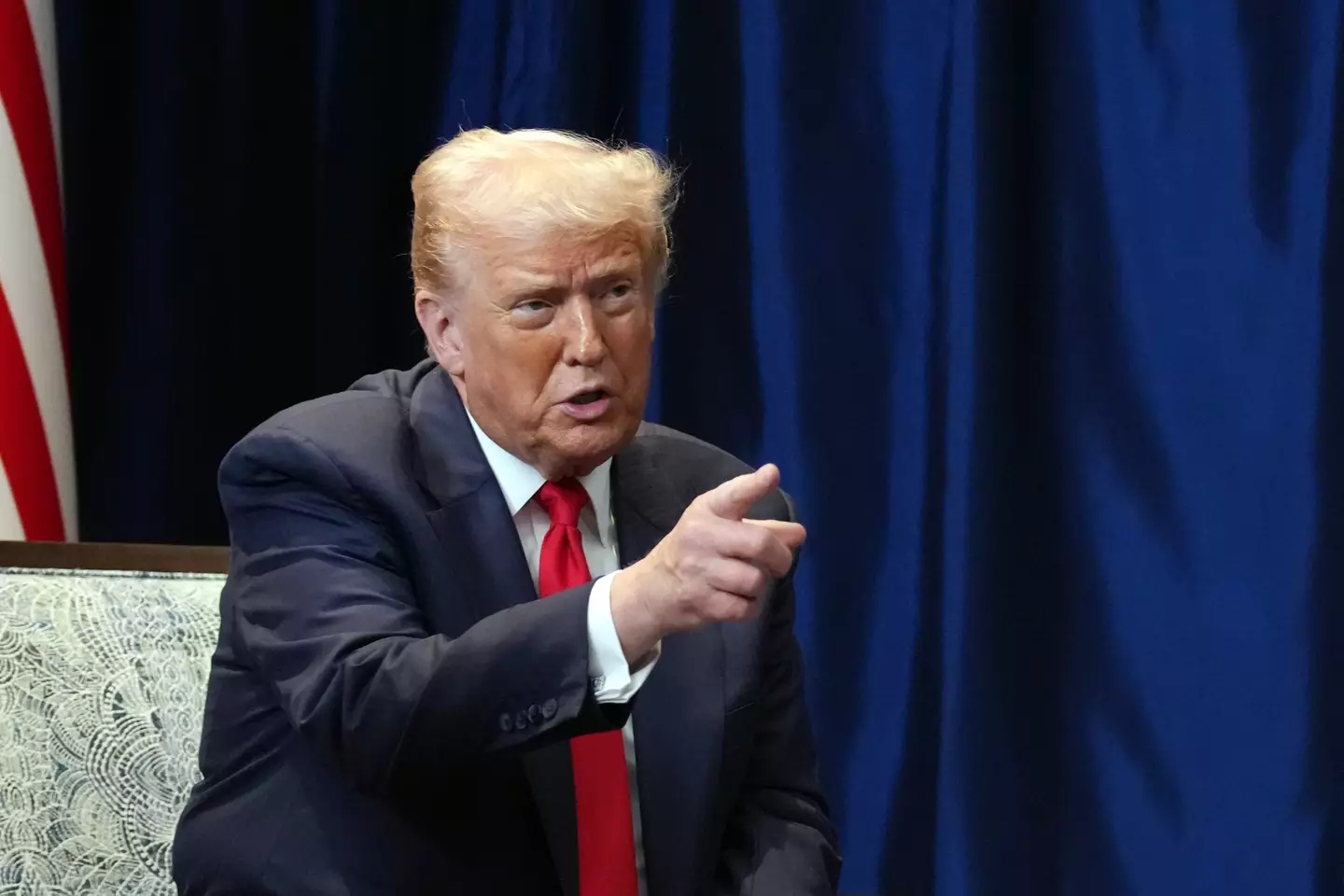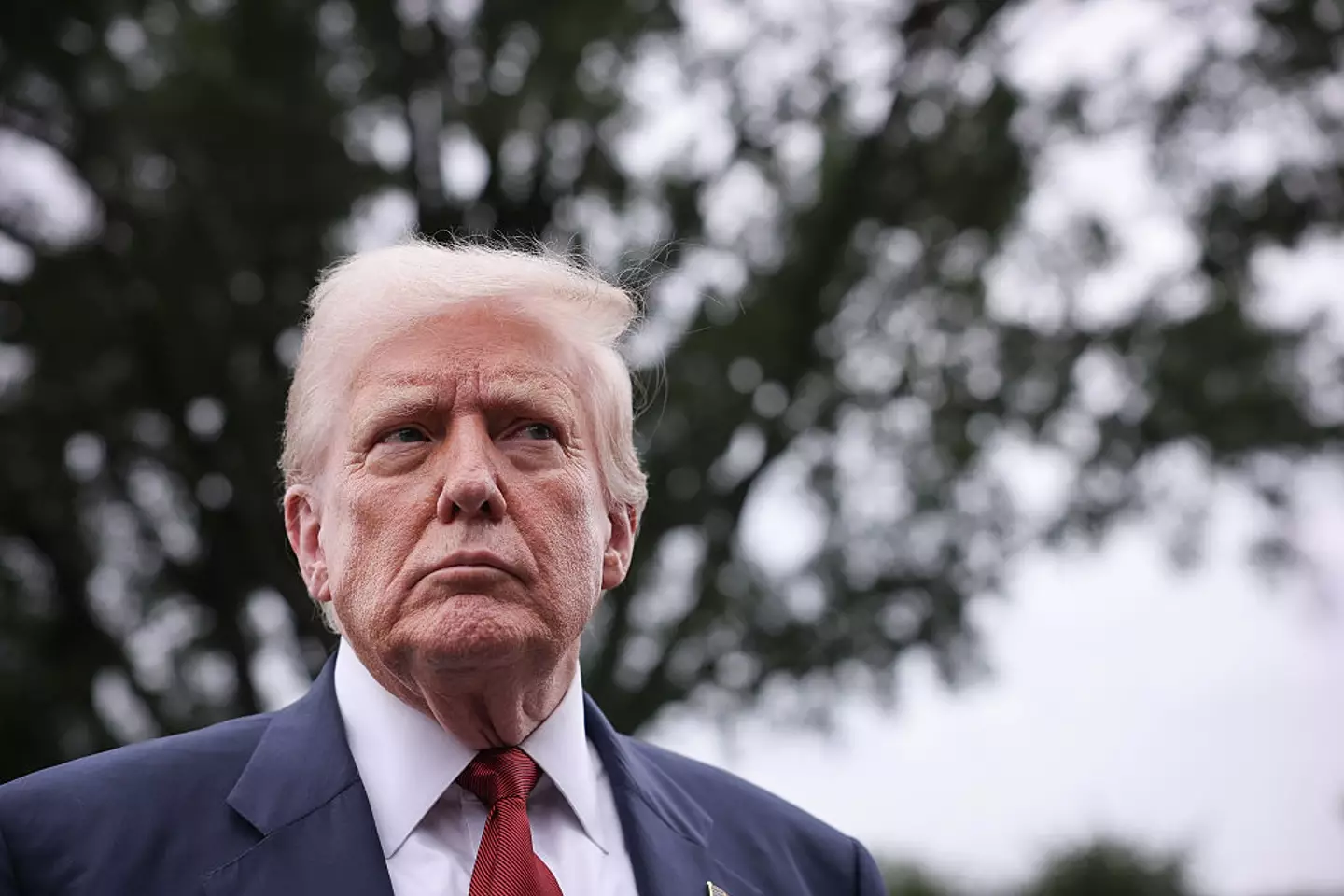A new set of approval ratings has sparked a sharp response from former President Donald Trump, who is currently ten months into his second term. The data, published by The Economist, presents a challenging picture for the administration, indicating that a majority of Americans hold an unfavorable view of his performance. This has led to a public rebuttal from Trump, who took to his social media platform to dispute the validity of the polls and tout his administration’s achievements.

The poll in question places Trump’s net approval rating at -17 percent, a figure that has slightly decreased since the previous week. According to the data, 39 percent of respondents approve of the job the president is doing, while 56 percent disapprove. This leaves a significant gap that underscores a deep political divide. The findings are consistent with other aggregated polls, such as the one from statistician Nate Silver, which showed a net approval rating of -9.5 percent.
In response, Trump launched a detailed post on Truth Social, vehemently rejecting the negative polls. He claimed that he is currently receiving “the best Polling Numbers” of his career, a statement that contrasts directly with the published data. The former president proceeded to list what he sees as his administration’s key successes, pointing to a strong economy, significant domestic investment, and a strict approach to border security as central pillars of his argument.

The post also took aim at the media and political opponents, whom he labeled “Radical Left Losers.” Trump accused them of promoting “fake ads” and suppressing what he called “REAL Polls.” He argued that these entities should not be permitted to disseminate polling information he considers inaccurate. This reaction is not an isolated incident but part of a longstanding pattern of dismissing unfavorable media narratives and scientific data throughout his political career.
The clash between the former president’s self-assessment and the independent polling data highlights the polarized information environment in American politics. As the administration continues its work, the disparity between internal confidence and external public opinion remains a central feature of the political landscape, setting the stage for ongoing debates over performance and perception in the years ahead.


